Feel free to wave your joystick in memory as we dive deep into the pixelated waters of video gaming’s past. A place where monochrome asteroids loomed large, square footballs were the norm, and Mario was just a twinkle in Nintendo’s eye, the ’80s! Such a simpler time… and then came the Video Game Crash of ’83, a gloomy patch in gaming’s grand tapestry.
This was no mere blip on the “game over” screen. Sheesh, talk about a glitch! This was the games market face-planting harder than you tripping over that infuriatingly entangled controller cord. We’re talking too many pixels, not enough quality, and the alien horror of the ‘E.T. The Extra-Terrible Game’! So press “start” gamers, it’s time to navigate the pesky pitfalls of the past, one pixelated misstep at a time.
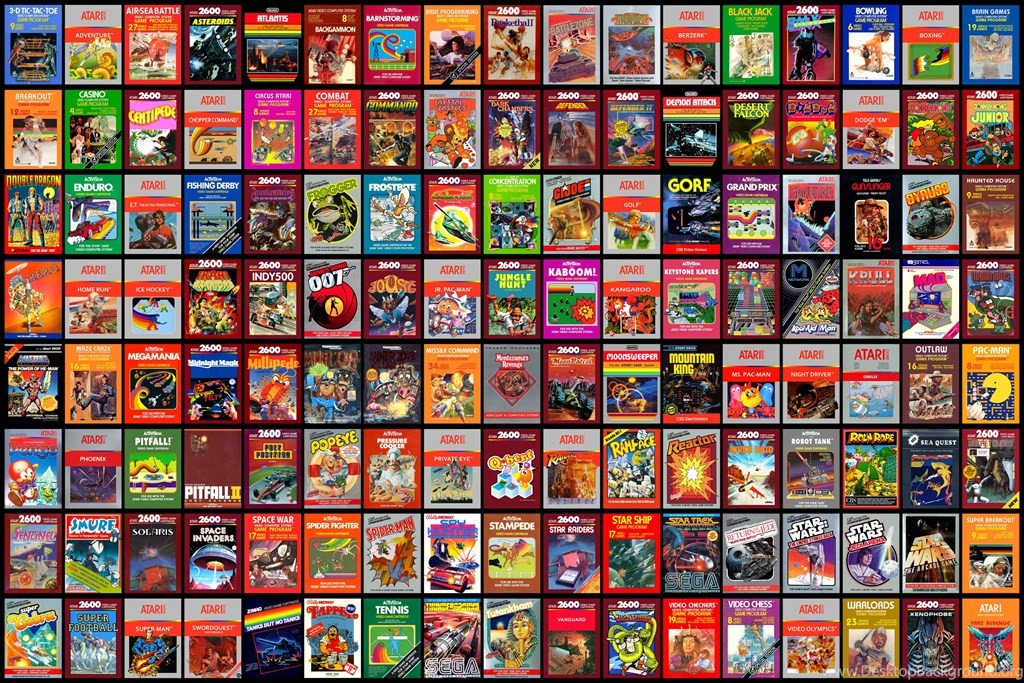
High Score or Game Over: The Power of Market Over-Saturation
Cue the 80s, we had Pac-man eating up our time faster than we could shout ‘Extra Lives!’, and every Tom, Dick, and Harry with a keyboard was churning out games like it was the end of the joystick world! “Are you spoiled for choice?” Hell No! We were swamped! Restaurants serve 50 types of pasta because, hey, variety is the life pasta! But we didn’t need 50 versions of ‘Creepy Alien Invaders’. Too much of anything, even good ol’ 8-bit entertainment, stifles the thrill quicker than you can say ‘Level Up!’.
And just like my Uncle Larry’s questionable magic tricks at family gatherings, the overabundance of video games became old, real quick. When everyone and their grandma were making games, the demand plummeted like Luigi in a bottomless pit. Too many cooks, or shall we say, programmers, indeed spoiled the broth, and led to a kitchen catastrophe of epic proportions – the crash. The lesson? Balance, kids. As thrilling as it might seem, you wouldn’t want to ride a roller coaster 24/7, would you? Or maybe you do. No judgement, promise.
Next up, a sad tale about ‘E.T. The Extra-Terrible Game’, which got lost on its way home, right into a landfill! But that’s a story for another heading. Stay tuned!

When Pixels Falter: Quality Control In An Age of Pac-Man Fever
Pac-Man fever struck the world, and with it came games that left us scratching our heads like we’d just picked up a weird case of 8-bit dandruff. Remember Atari’s Swordquest? It was an ambitious series that ended as abruptly as your uncle’s dating career after an unfortunate visit to the hairpiece store.
From Custer’s Revenge to X-Man (no, not that X-Men), these gaming disasters proved that quality control is as essential to video games as pixelated plumbers are to rescuing princesses. In the golden era of the arcade, it seemed like games could be churned out faster than your grandma’s cookies on Christmas Eve. But, as we all know, even grandma hits a sour batch eventually.
Ah, yes, quality control – it’s what separates the Marios from the… well, whatever shovelware is currently available on discount Steam. Gaming companies should invest in quality control like how your mom invests in tacky Christmas sweaters. Finding the balance between creative freedom and producing quality games is a delicate dance, sort of like trying to perform the cha-cha-cha at your cousin’s wedding with two left feet.
So, as we move forward with pixels transforming into 4K graphics, let us take a moment to appreciate that even in an age of Pac-Man fever, gaming companies learned that quality control is the silent hero that can either save the princess or end up in a dusty cartridge box.
And with that, ladies and gents, dear readers of all tastes, let’s jam along to the next big failure of ’83 – the absolute gem buried in the desert, E.T. The Extra-Terrestrial, A.K.A. E.T. The Extra-Terrible Game!
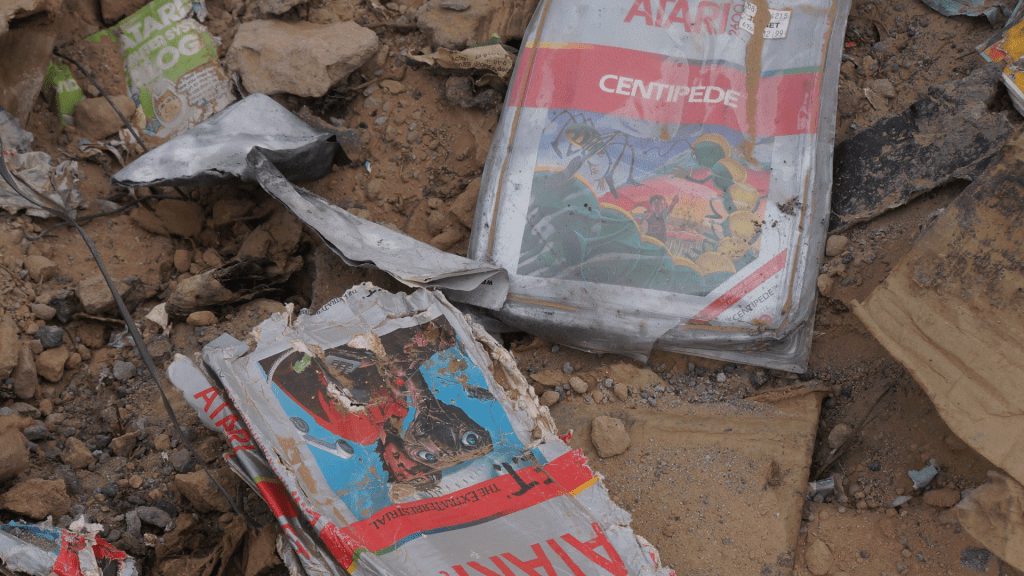
Unraveling the Marketing Mishaps of “E.T. The Extra-Terrible Game”
Oh, E.T., you lovable alien with a penchant for Reese’s Pieces and bad video games. Ah yes, the infamous game so unbearably bad that it was elected as a worthy candidate for a desert burial. Quite a funeral for a game, isn’t it? Welcome to the tale of E.T. the Extra-Terrible, a gaming tragedy of such epic proportions that Spielberg probably wishes he could phone home to prevent it.
The creators of this monstrosity tried to milk E.T.’s blockbuster success but ended up curdling the entire industry’s reputation. As startling as it sounds, they chalked up a brilliant plan – sell a game so abysmally bad that it would be remembered forever as the literal hole in the ground of the gaming industry. Talk about fame! Marketing gone sideways perhaps?
See, the thing is, marketing isn’t just selling sand to the desert-dwellers. It’s more like convincing the desert-dwellers to appreciate the sand for its unique grain structure and intrinsic beauty. Alright, maybe it’s a bad example, but you get the point. Essentially, marketing is about creating value, not just selling a product. E.T.’s marketing strategy, unfortunately, ended up adding ‘putrefaction’ as a value!
And just when you thought it can’t get any worse, the gaming industry decided to play limbo with its standards. Bravo! Stay tuned for how the industry managed not to annihilate itself from history.
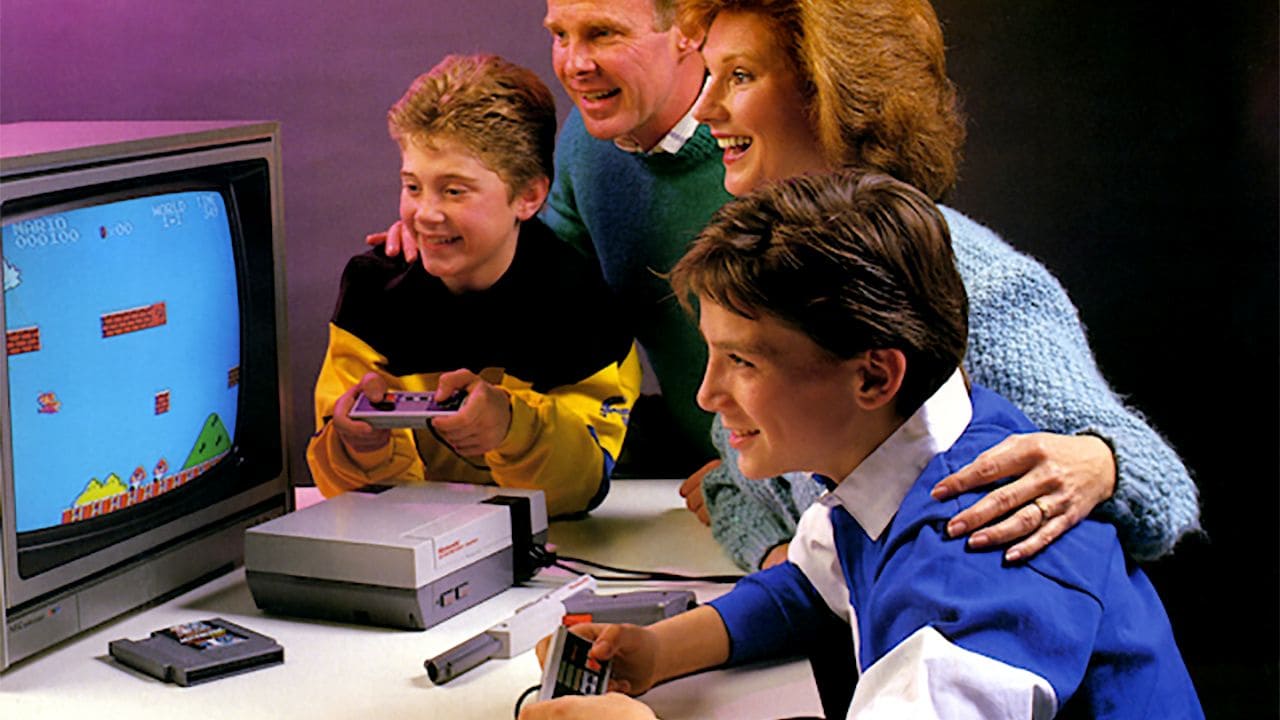
From Ashes to Mario: The Phoenix-like Rebirth of the Gaming Industry
So, the gaming industry hit rock bottom in 1983, and it was as devastated as your social life when you spent the whole Saturday battling Bowser to rescue the Princess. But did it wallow in self-pity? Nope. With the charisma of a disco-loving Phoenix, it rose from the ashes, ready to boogie again!
The key was learning from past fumbles. ‘Yes, we tanked harder than a joystick made of Jell-o,’ admitted the industry, ‘But hey, we learned stuff!’ They realized that not every darn game needed to be pushed into consumers’ hands faster than a dog chasing a sausage-linked bicycle. Quality was cranked up to 11, creativity was applauded, and market saturation? It was attached to a metaphorical rocket and fired into the sun.
Nintendo came waltzing into the picture with its Super Mario Bros, keeping things simple yet magical. It was like the gaming world’s knight in shining overalls, driving a go-kart, flinging fireballs. Suddenly, a rebirth was not just a hopeful fluke, but a reality. Like teaching a lawnmower to love, it wasn’t easy, but boy, was it worth it.
Looking forward, the industry took a note to their future selves: ‘Maintain standards, be innovative, and for pixel’s sake, don’t pump out games like a hyperactive gumball machine.’ Because the only thing we want crashing in our lives is a party, not an industry!
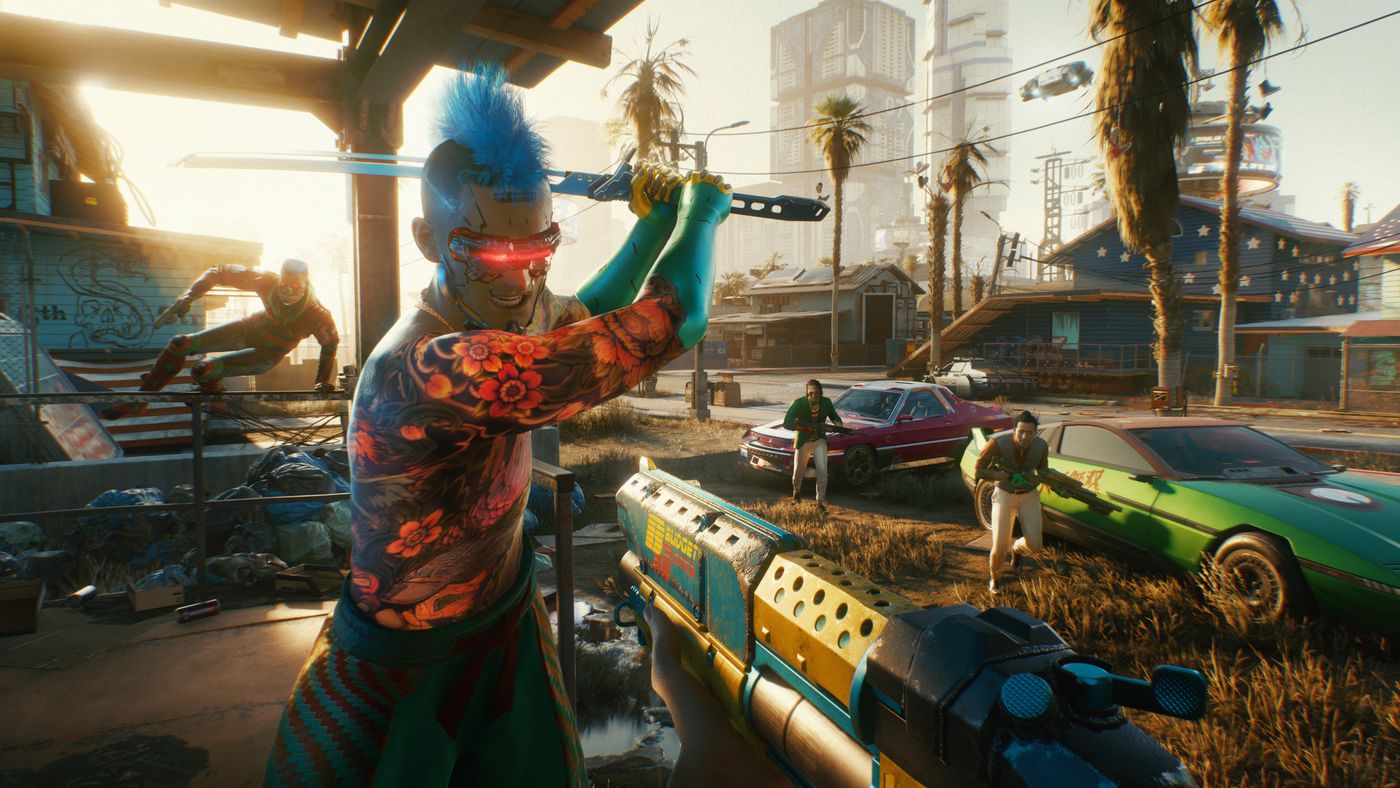
Pixels to 4k: How Today’s Gaming Industry Avoids Previous Pitfalls
Alright, buckle up folks, because we’re about to fast-forward from the dark ages of gaming into the ultra-HD, retina-searing glory of the present day scene. We’ve learned some hard lessons and made changes, that’s certain.
For starters, the gaming industry now operates under a watchful quality control eye, unlike our beloved pixelated plumbers who seemed to have an unexplained penchant for running into endless pits. Modern big-game companies rarely release a game without multiple rounds of testing and quality checks (yes, except for you, Games-Released-Too-Soon-And-Buggy-As-Heck Co., talking to you Ubisoft)
Next comes the issue of obsolescence. Everyone loves a fresh, shiny new console. But, dear reader, it’s 2021 – you’re more likely to have seen a dancing dinosaur on TikTok than your gaming console turning obsolete within a year. Welcome to the era of overstretched console lifespans, where your Nintendo Switch consoles may celebrate more birthdays than your dog.
Remember though, while we may bask in 4K brilliance, staying mindful of past pitfalls is the cheat code to avoid a deja-vu Game Over. But hey, no pressure right?
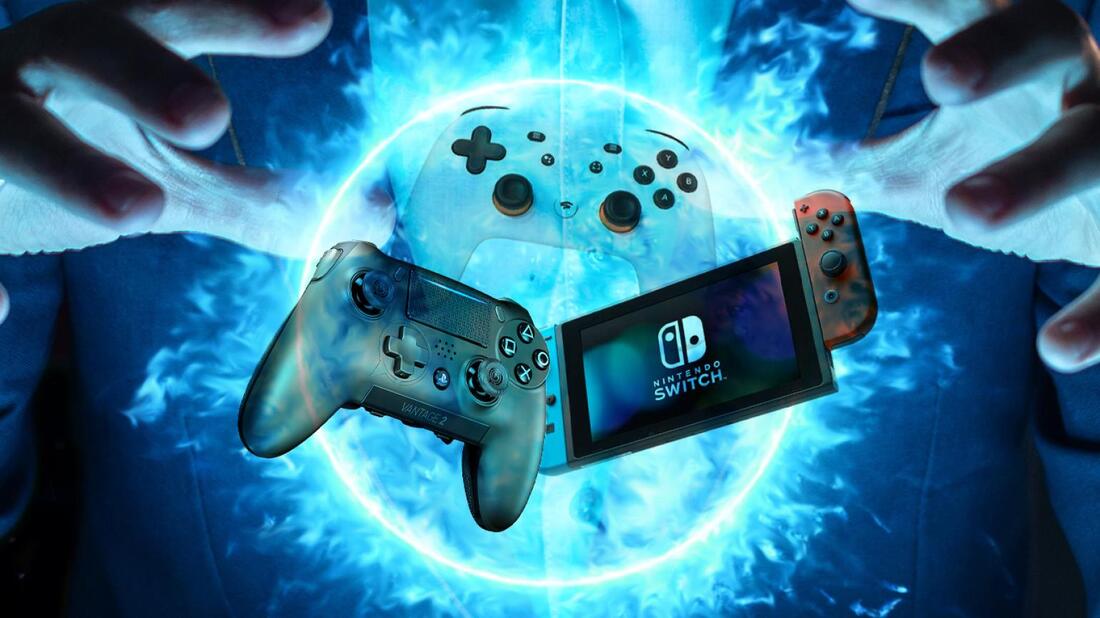
Game Over… or is it? Witty Conclusion
Well, wasn’t that an electrifying cruise back to the gaming Stone Age? We’ve witnessed the catastrophic video game crash of 1983, laughed at the marketing miscues of E.T. The Extra-Terrible Game (please, no sequels), and marveled as the industry rose like a Phoenix in the form of a mustachioed, mushroom munching plumber. Key takeaways? Don’t over saturate your market, keep the quality high and remember, no one likes finding sand in their beach cocktail, so craft your marketing wisely.
Looking forward? The gaming industry, much like a Tetris block, is continuously adjusting to fit into the evolving landscape of entertainment. Using the 1983 crash as our “Back to the Future” DeLorean, we can safely say that with continuous innovation, and a fine balance of supply and demand, your gaming console will not go the way of the dinosaurs… well, at least not this year. We hope!
See you next time!
